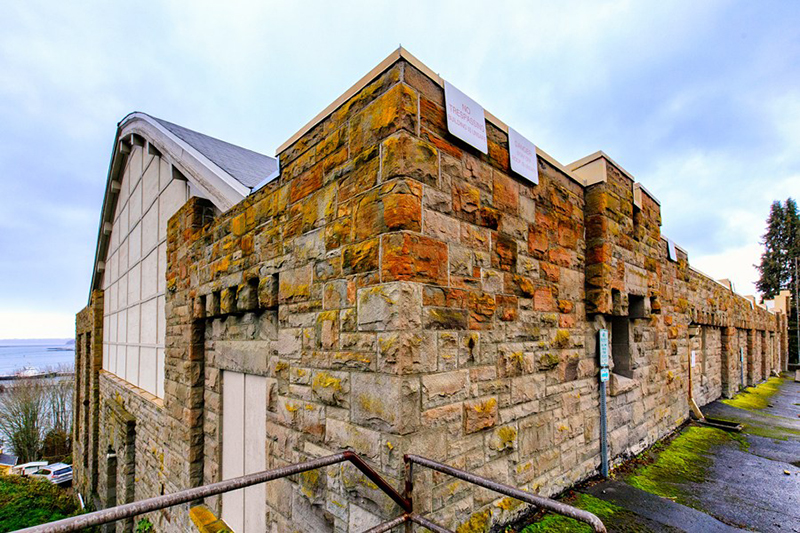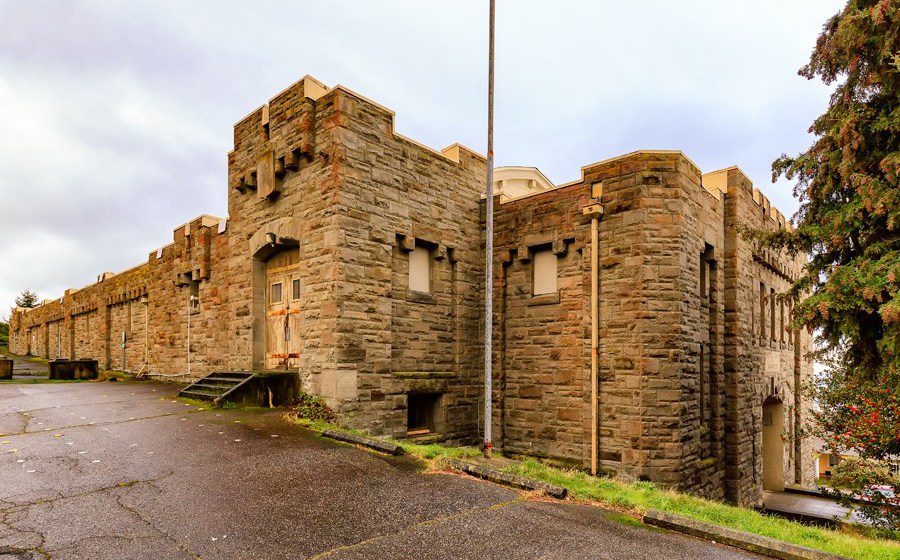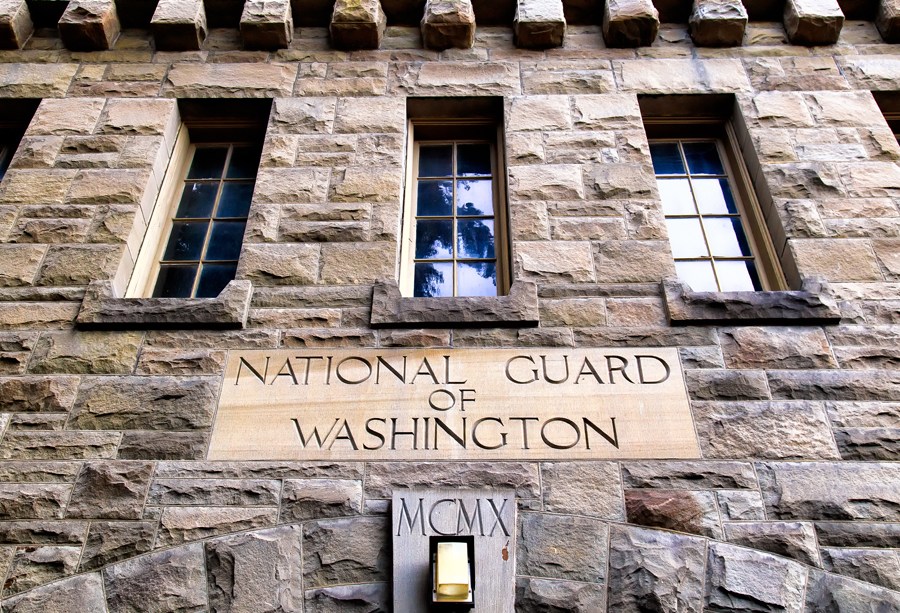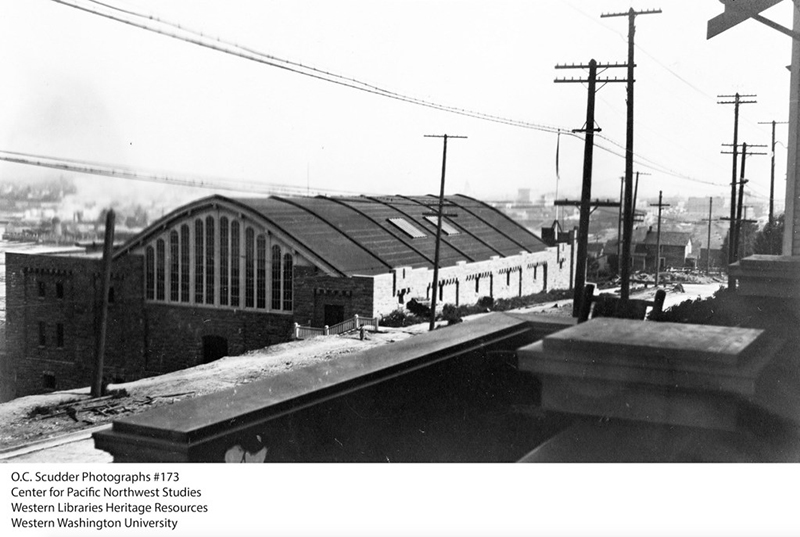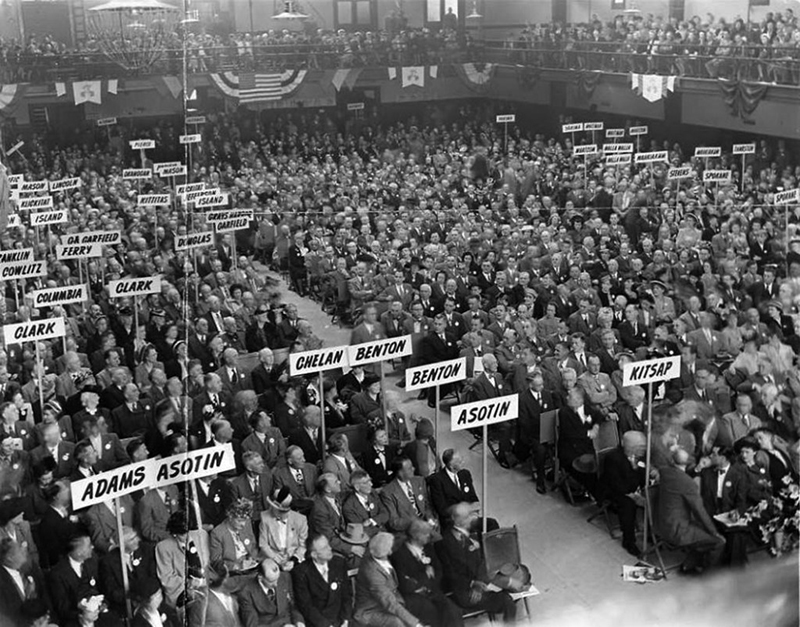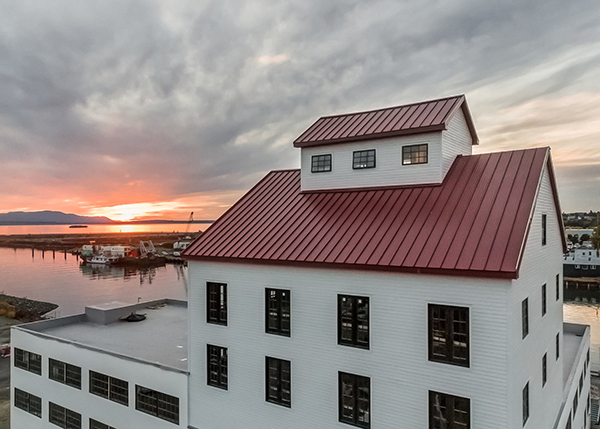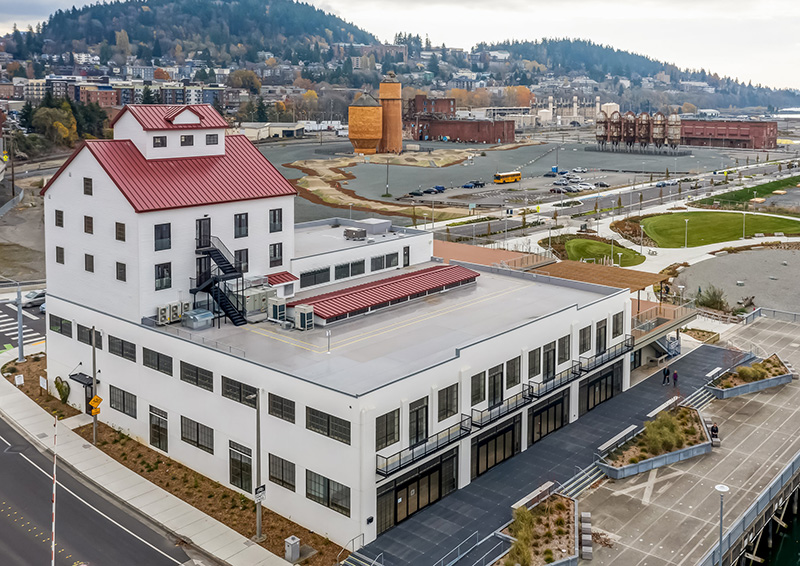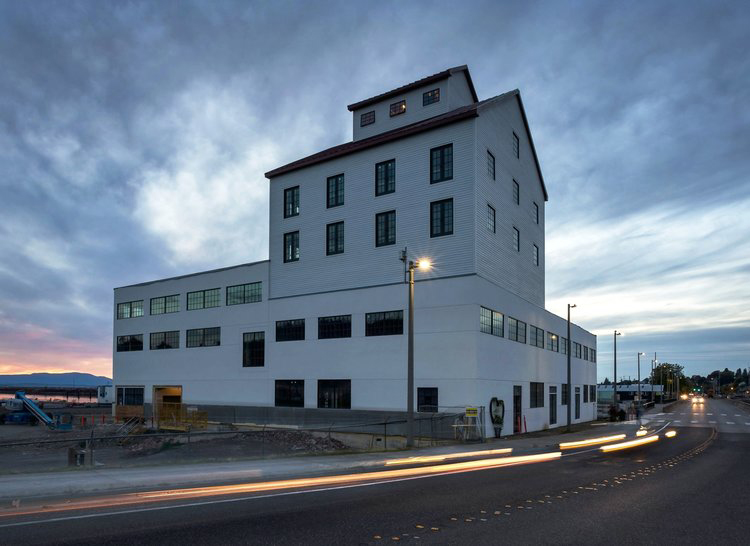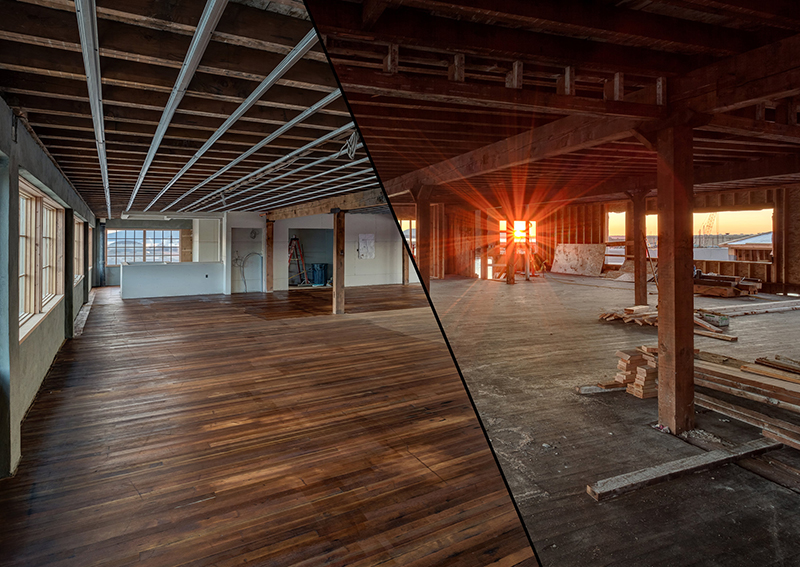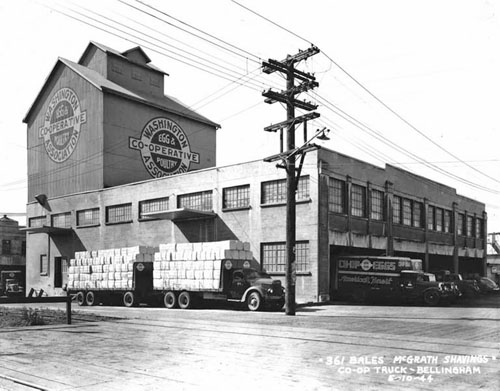National Guard of Washington Armory
Status: In the works!
Year Listed: 2006
Location: Bellingham, Whatcom County
Built in 1910, the heavy masonry walls, crenellated parapet and rounded towers distinguish the Washington National Guard Armory as a site for military training. Both the National Guard and the Army Reserve used the facility full-time until 1953, when reduced training schedules allowed the National Guard to convert the main floor into a public roller-skating rink. In 1972 the National Guard sold the Armory to Western Washington University which used the upper and lower floors for storage and continued leasing the main drill hall as a roller rink. This lease ended in 1989 after water damage to the oak flooring became a cost issue for the university.
The 2006 addition of the Armory to the Washington Trust’s Most Endangered list was instrumental in raising awareness and interest amongst the university’s Board of Trustees, who were resolved to see the Armory preserved. In 2009, in part through advocacy and assistance provided by the Washington Trust, Director of Facilities Management Tim Wynn, a long-time advocate for the building, was successful in obtaining funding for stabilization, roof repair, and completion of hazardous material abatement.
In June 2018, the building and the adjacent site were purchased by Curt O’Connor and Pete Dawson who are anxious to put this historic community asset back to use. They are currently working on adaptive reuse ideas for the structure and ideas for new construction on the adjacent site.
For more information about the building’s history, see “A History of the Bellingham National Guard Armory.”
See Saved Story: https://www.bellinghamherald.com/news/local/article263939366.html

